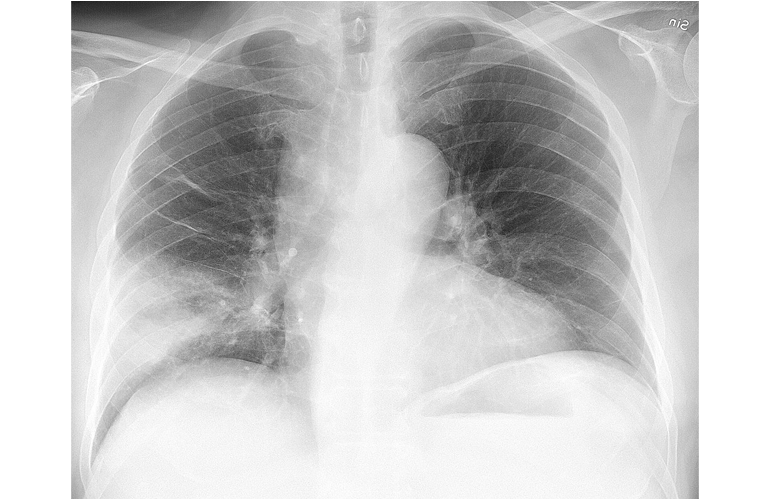
Innovations in Radiology Diagnoses: Precision and Imaging Advances
Radiology diagnoses have witnessed transformative innovations, reshaping the landscape of medical imaging and diagnostic accuracy. This article explores the key developments that contribute to the precision and advancement of radiological diagnoses.
1. Imaging Modalities and Technological Evolution:
The foundation of radiology diagnoses lies in the diverse range of imaging modalities. From X-rays and computed tomography (CT) scans to magnetic resonance imaging (MRI) and positron emission tomography (PET), each modality has evolved with technological advancements, offering unparalleled insights into the human body.
2. Artificial Intelligence Integration:
Artificial intelligence (AI) has emerged as a game-changer in radiology diagnoses. Machine learning algorithms analyze vast amounts of imaging data, assisting radiologists in detecting abnormalities, interpreting complex patterns, and improving overall diagnostic accuracy. AI’s role in radiology is a significant stride towards more efficient and precise diagnoses.
3. Three-Dimensional Imaging:
Traditional two-dimensional imaging has given way to three-dimensional imaging techniques, providing a more comprehensive view of anatomical structures. 3D imaging enhances the ability to visualize complex structures and abnormalities, aiding in precise diagnoses and surgical planning.
4. Functional Imaging for Dynamic Insights:
Beyond static images, functional imaging techniques provide dynamic insights into physiological processes. Functional MRI (fMRI), for instance, allows the assessment of brain activity, while dynamic contrast-enhanced imaging offers real-time information about blood flow and tissue perfusion, contributing to more nuanced diagnoses.
5. Interventional Radiology Procedures:
Interventional radiology has expanded the scope of radiological diagnoses by enabling minimally invasive procedures guided by imaging techniques. From biopsies and angioplasties to catheter-based treatments, interventional radiology enhances diagnostic precision while offering therapeutic interventions.
6. Radiomics and Quantitative Analysis:
Radiomics involves the extraction and analysis of quantitative features from medical images. This approach enables a more in-depth understanding of subtle patterns and variations that may not be apparent through visual inspection alone, facilitating early detection and characterization of diseases.
7. Contrast Agents and Molecular Imaging:
Advancements in contrast agents and molecular imaging techniques provide a closer look at cellular and molecular processes. This level of detail is especially valuable in oncology, where molecular imaging helps in characterizing tumors, assessing treatment response, and guiding targeted therapies.
8. Improved Resolution and Clarity:
Continuous improvements in imaging equipment have led to enhanced resolution and clarity in radiological images. High-definition imaging allows for better visualization of fine structures, early detection of abnormalities, and improved differentiation between healthy and diseased tissues.
9. Integration of Big Data in Radiology:
The integration of big data analytics in radiology diagnoses leverages large datasets to identify patterns, trends, and correlations. This data-driven approach enhances diagnostic accuracy, aids in predictive modeling, and contributes to a more personalized and effective approach to patient care.
10. Radiology Diagnoses and Future Trends:
As technology continues to advance, the future of radiology diagnoses holds exciting possibilities. From the integration of genomics with imaging data to the development of innovative contrast agents, ongoing research promises to further refine diagnostic capabilities, ushering in a new era of precision medicine.
In conclusion, the innovations in radiology diagnoses underscore the continual evolution of medical imaging. The synergy of advanced imaging modalities, artificial intelligence, three-dimensional visualization, and molecular insights collectively contributes to heightened precision and diagnostic accuracy. For those interested in exploring more about radiology diagnoses, resources like Radiology Diagnoses provide valuable information on the latest trends and advancements.
